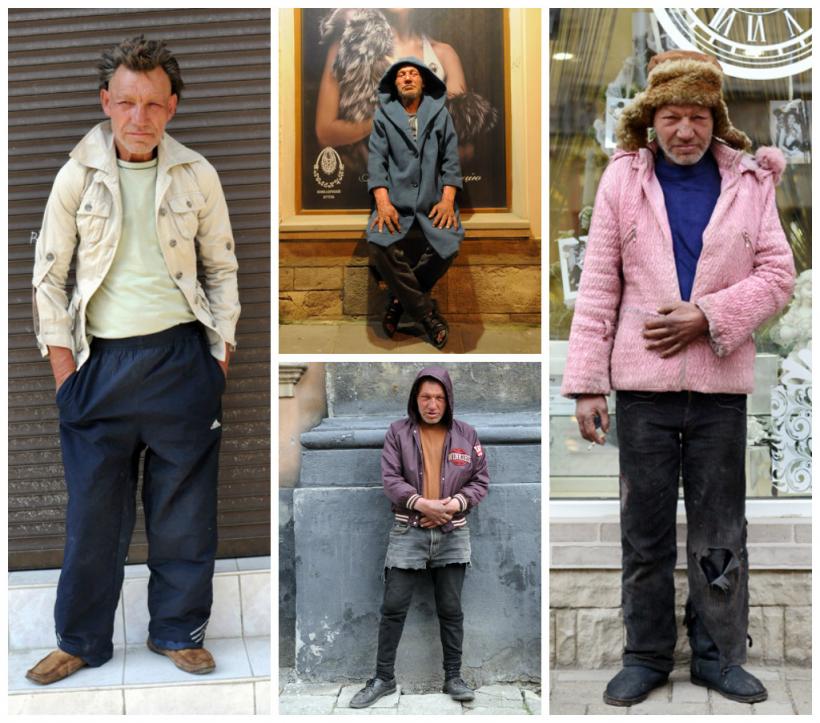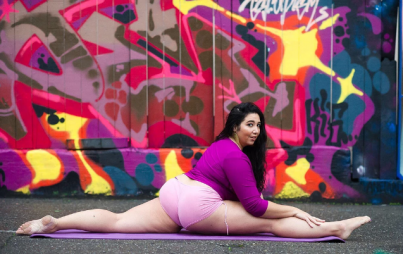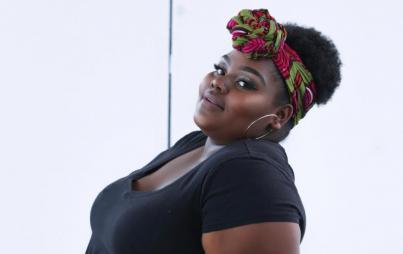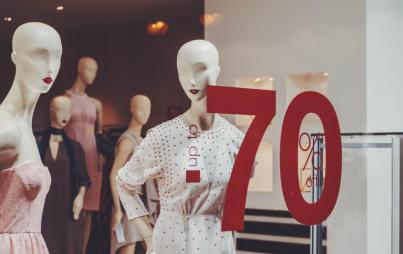
First, there was Brother Sharp, the homeless Chinese man who became an Internet phenomenon due to his unusual style and many layers. Sporting incredible cheekbones and "bed hair," 34 year-old Cheng Guorong looked like a Commes de Garcon model. A movie about his life was in the works, fashion contracts were rumored, but Google lost track of him and the last anyone heard of him was in 2010. Fast forward four years, and a new homeless fashionisto is on the rise. This time, striking looks and physical qualities are not part of the deal
Slavik, a 55 year-old Ukrainian man, looks every bit the homeless man he is; his face deformed by alcohol, his body bent by hardship, he's become the hero of a photo series by photographer Yurko Dyachyshyn.

According to the photographer's website, every time Dyachyshyn saw Slavik on the streets of Lviv, he wore a different ensemble—which earned him the title of "the most fashionable homeless in the world." Per the photographer's website:
"Slavik almost never wears the same clothing which is very strange for a homeless man. Besides everyday's outfit change (sometimes twice a day) he changes his hairdo and his beard regularly and shaves his armpits. How is this possible for a homeless? He has a hiding place and nobody knows about it. He keeps the secret of his home."
Over the course of the week since the photos appeared online, Slavik's existence has caught the eye of various Russian media, and his online fame quickly exploded. Bloggers and journalists noted his "trend-setting" style and "hipster" a
Sure, the existence of "homeless chic"—signified by layered, frayed, textured look fueled by randomness and necessity—is nothing new. "It's terrible to say, very often the most exciting outfits are from the poorest people," said designer Chrisian Lacroix as early as 2000, around the publication of Naomi Klein's iconic book No Logo. The cynicism and bitter irony behind it—fashion inspired by the penniless, sold for a fortune to the ones who have it all—is something we have learned to live with.
'Slavik's Fashion,' is another thing entirely. Here, we don't hesitate to crown the very source as a style icon, praising him for his creativity and magical ability to do his fashion trick while having no walk-in closet or, frankly, anything at all to walk into. There's something very liberating, so refreshingly rebellious about it—forget that $2,000 shredded Vivienne Westwood sweater, look what you can achieve with a bunch of authentic, unwashed rags! In this sense, giving Slavik even a sliver of respect for his casual combos and out-there looks is better than ignoring him altogether.
On the other hand, the constant pursuit of style and individualism may have messed with our tolerance for ugly, unattractive reality. Who knows, maybe there's a social statement behind Dyachyshyn's work, but his cheerful commentary kind of undermines that. As for the viewers, by celebrating Slavik we congratulate ourselves for our openness and ability to see beauty and style in everything—the Instagram eye is ever present, framing and "curating" the world around us. The fact Slavik does, at times, look like the odd hipster shouldn't diminish the fact he's a sick, homeless man who somehow excels at putting clothes together. His tragedy and problems can't be reduced to "awwww, cute!" and a Facebook "Like."
If a great sense of style is the only thing that makes us notice a homeless person these days, we're in trouble. Better dressed than ever, with spotless Instagram accounts, but in trouble.






